Stringing a recurve bow is an essential skill for archery enthusiasts, whether you’re a beginner or a seasoned shooter. Proper stringing not only ensures your equipment functions at its highest level, but also protects both you and your bow from potential accidents.
In this comprehensive guide, we’ll explore two primary methods for stringing a recurve bow: using a bow stringer and without one. We’ll also cover essential tips to master this craft safely and effectively.
Understanding The Basics Of Recurve Bow Stringing
I think it’s important to understand why stringing a recurve bow is critical for beginners and seasoned archers alike, before we go into the nitty-gritty of how to do it. Correct bow stringing affects performance, accuracy, and equipment longevity. Well-strung bows provide better precision and consistency during each shot.
Furthermore, proper stringing reduces the risk of injury, as improper handling can lead to dangerous misfires or even damage to the bow itself. This is crucial, since a malfunctioning bow can result in costly repairs or replacements. The art of recurve bow stringing is an essential step for every archer, regardless of whether they are new to archery and eager to learn the ropes or experienced archers who wish to refresh their skills and techniques.
A deeper understanding of bow stringing mechanics will enhance your performance and deepen your appreciation for this timeless activity.
Read More : Transform Your Journey: Discover the Best Recurve Bow for Beginners in 2024
Materials Needed For Stringing Your Bow
To string a recurve bow, you’ll need some essential tools and materials that ensure safety and efficiency during the process. These include:
- Bow Stringers: A bow stringer is an essential tool for stringing your bow safely and effectively. It prevents damage to the bow and reduces injury risk. The stringer is highly recommended for archers of all levels, whether they are beginners or experienced archers. Choose one that suits your bow style from the various types available.
- Bow Strings: Your bow’s performance is directly influenced by the string you choose. Look for strings specifically suited for your bow model, as they come in different materials and thicknesses. When choosing materials like Dacron or Fast Flight, consider your archery needs and preferences.
- Protective gear: A safety helmet is not mandatory, but it does greatly enhance the safety of the stringing process. Gloves provide protection against the tension of the bow strings and prevent any cuts or abrasions that might occur.
Ensure you have everything you need before beginning by checking out reputable online stores or local archery shops.
To make sure your archery experience is enjoyable and successful, make sure that the equipment you choose matches your bow’s specifications, including the length and draw weight.
Read More : Mastering The Art Of Recurve Bow Archery For Beginners
Step-By-Step Guide To Stringing A Recurve Bow
Method 1: Use A Bow Stringer
Step 1: Attach The Bow String.
Make sure the bowstring is secured to the top limb of the bow. Be sure the string is not too tight, as too much tension can cause problems in the future. Keeping the bow string tension consistent is crucial for optimal performance and accuracy when shooting.
Step 2: Use A Bow Stringer
Lastly, place the bow stringer at both ends of its limbs. Follow the manufacturer’s directions on how to position the stringer correctly, as improper positioning can result in injury or damage to the bow. You will be able to string the bow safely if the stringer is secured and won’t slip while in use.
Step 3: String The Bow.
Your foot should be steady while you gently pull the bow upward with the bow stringer firmly in place. By doing so, the bow’s limbs will be bent, making space for the bowstring to slide into place. Make sure everything is aligned correctly during this process. Release the tension carefully and remove the stringer after the string is in place, making sure not to snap back the limbs suddenly.
Safety tip: If you plan on removing the stringer, make sure that the bowstring is aligned correctly and securely on both ends. Taking these precautions during archery will enhance your performance as well as ensure your safety. This is a vital step to ensure that your bow is safe to use and performs reliably when shooting.
Common Mistakes To Avoid
- Misalignment: Ensure the bowstring is centered and evenly placed to avoid inaccurate shots.
- Forcing the String: Never force the bowstring into place; use a bow stringer to apply even pressure.
- Ignoring Alignment: Regularly check alignment to prevent wear on bow limbs and improve accuracy.
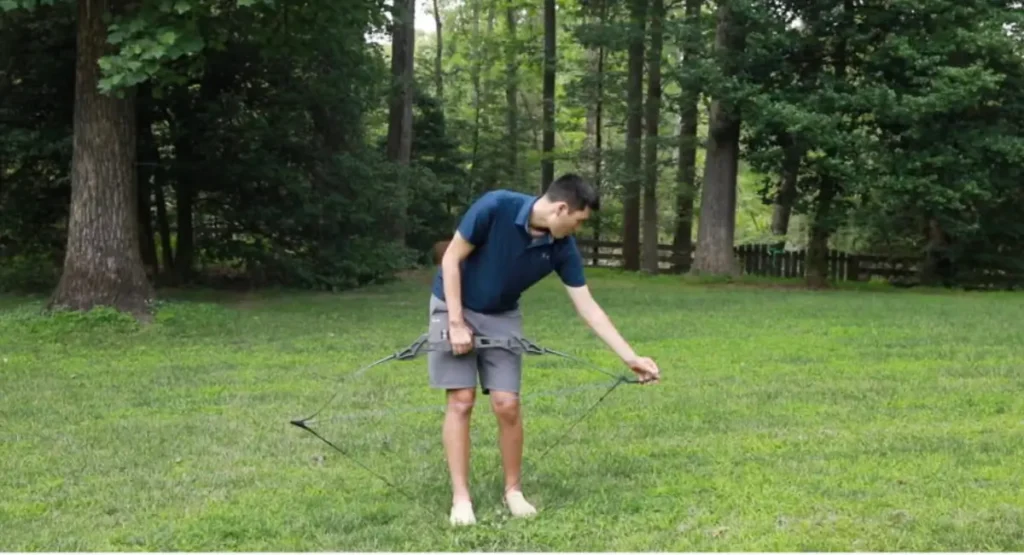
Method 2: Stringing A Bow Without A Stringer
There is also the option of stringing a bow without a stringer, although it requires extra caution.
Step 1: Prepare The Bow.
Make sure that the bowstring is attached to the bottom limb of your bow by looping it around the nock. Next, hold the bow horizontally with the bottom limb resting comfortably against your foot to ensure stability. This will help you maintain control as you string the bow.
Step 2: Bend The Bow.
The top limb of the bow should be gently pressed toward you while the lower limb should be braced against your foot. This action will create the necessary tension in the bow so that you may string it effectively. To prevent straining your back, make sure to maintain a straight posture and use your legs to support your body.
Step 3: Secure The String.
Once there is sufficient tension, carefully slide the bowstring onto the top limb’s nock. Make sure the string is tightly fastened and properly aligned in the nock before releasing tension from the limbs. Incorrect alignment can cause performance problems or even damage to the bow, so make sure everything is correctly aligned.
Safety precautions: This method poses significant risks of bow damage or personal injury. Be careful when performing this task and keep the bow stable. Wear protective gear, such as gloves, and do it in an open, safe space. If you’re new to bow handling, you might want to consider having a friend nearby to assist you.
Read More : Discover The Joy Of Archery With A Bow And Arrow For Beginners
Advanced Techniques And Tips
Takedown Recurve Bows
A takedown recurve bow offers versatility, allowing you to detach the limbs for easy storage and transport. When stringing one, ensure all parts are securely assembled before starting.
Maintenance Tips For Longevity
Maintaining your bow involves more than stringing it. Before stringing, inspect your bow for wear and damage. Waxing the bowstring can increase its durability and efficiency.
Expert Insights
Emily Archer, a professional competitive archer, emphasizes,
“Proper stringing is not just about performance; it’s about respect for your equipment and safety.”
Coach Alex adds,
“A well-maintained bow can be the difference between a good shot and a great shot.”
These insights underscore the importance of diligence in stringing and maintenance.
Read More : Discover The Joy Of Archery With A Bow And Arrow For Beginners
Common Issues And Troubleshooting
Problem-Solving Tips
- String Slippage: Ensure the bowstring is the correct length and properly secured to prevent slipping.
- Uneven Limb Bending: Check for uneven tension in the limbs; this may require adjusting the string length or tension.
- Frayed Bowstring: Regularly inspect the bowstring for wear. Replace it promptly to maintain optimal performance.
Frequently Asked Questions (FAQs)
What Is The Best Method Of Stringing A Recurve Bow?
For most archers, using a bow stringer is generally safe and highly recommended, since it allows them to securely and properly attach and detach their bowstrings without causing injury or damage. With a bow stringer, archers are able to ensure that they are stringing their bow correctly, improving accuracy and performance, and extending equipment life. Keeping your gear in optimal condition is important for both beginners and experienced archers.
How Often Should I Replace My Recurve Bow String?
To ensure optimal performance and safety, you must replace your bowstring every year. If you notice any signs of fraying, wear, or damage before the end of the year, it’s best to replace it sooner. A well-maintained bowstring will enhance shooting accuracy and prolong bow life. Regular inspections are essential to identifying issues early.
Can I Use A Bow Stringer With Other Types Of Bows?
Yes, but it’s important to ensure that the stringer you choose is compatible with your specific bow type, as different bows require different stringing methods and tools. This will prevent damage to your bow and ensure a safe and efficient stringing process.
Are There Specific Safety Measures I Should Follow When Stringing My Bow?
Always prioritize proper alignment to ensure your body functions effectively and reduces injury risk. Additionally, using protective gear, such as helmets, pads, or appropriate footwear, is crucial when engaging in any physical activity or sport. This is to safeguard yourself and enhance your overall performance.
What Should I Do If My Bow String Is Too Long Or Too Short?
If you need to adjust the string length, consider using a measuring tool to ensure accuracy. You can also consult a professional for personalized assistance and expert guidance.
Conclusion
Proper stringing techniques are paramount for archers. Whether using a bow stringer or using stringer-free, the goal is safety, performance, and equipment longevity. Remember, practice makes perfection, and seek expert guidance if needed. For further resources, explore reputable archery organizations like Archery GB and USA Archery, or watch high-quality video tutorials from trusted channels.
By mastering these skills and staying informed, you’ll improve your archery performance and enjoy the experience with increased confidence and safety.
Recommended Articles
- The Ultimate Guide To Choosing Between Compound Bow vs Crossbow
- How To Carry A Bow – Tips & Techniques For Archers
- Ultimate Guide To Installing Compound Bow Arrow Rest
- The Ultimate Guide To The Best Archery Brands Of Compound Bows
- How To Utilize Recurve Bow Sights: A Comprehensive Guide
- The Archer’s Craft: Understanding Parts Of Recurve Bow

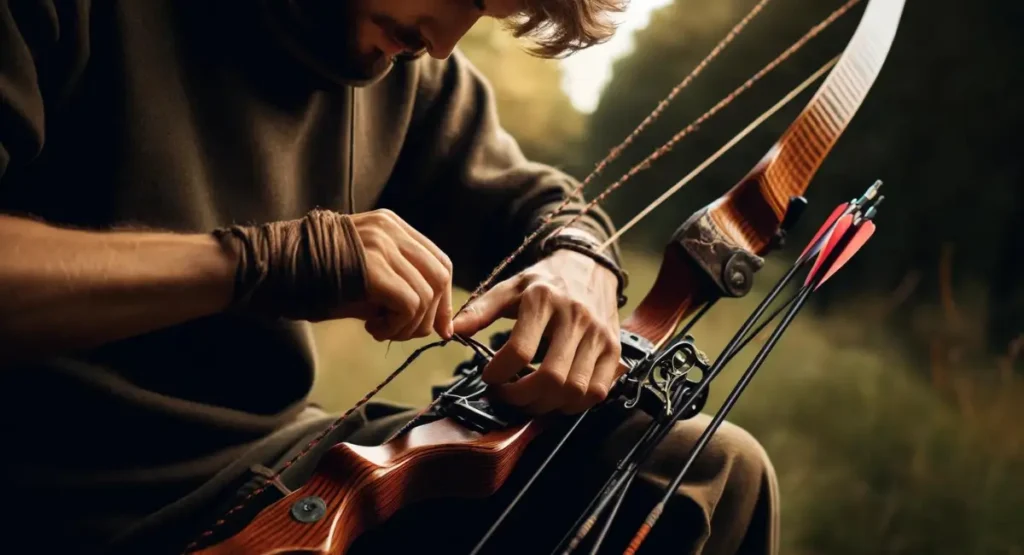

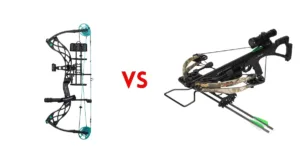
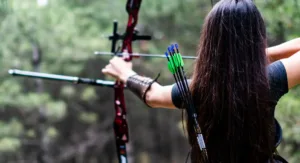
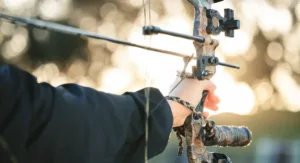
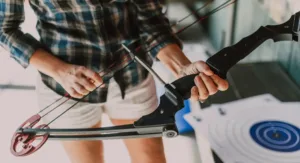
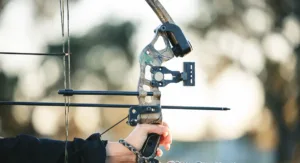
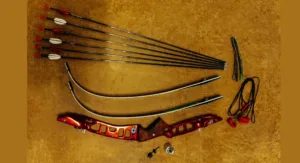
1 thought on “Mastering The Art Of Bow Stringing For Archers Everywhere”
Comments are closed.